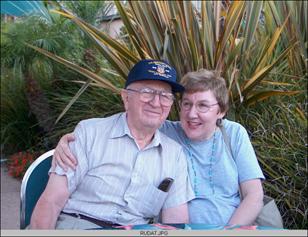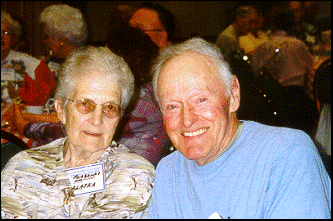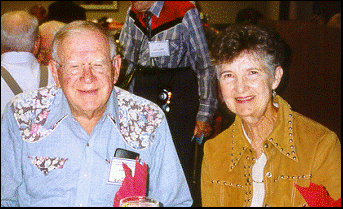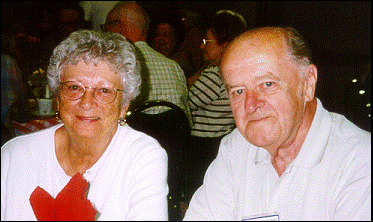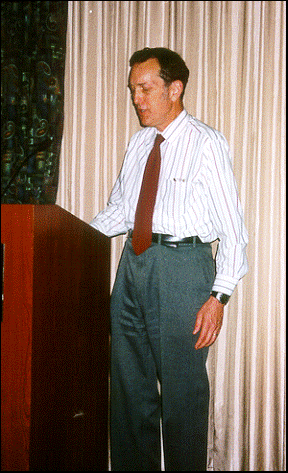
|
VOL 13 NO 3 |
Autumn 2002 |
|
||
|
GIRA 2002 CONVENTION FABULOUS DESPITE CALAMITIOUS DENOUEMENT ARMAGEDDON FOR GIRA |
|||
|
In a complete surprise to GIRA Convention attendees, President Urban “Bud” Guntner proposed the disbandment of the Gallups Island Radio Association by year’s end or as soon as practicable. The decision was based upon a precipitous drop in membership from a high point of more than 1200 members to fewer that 500 now, and with membership still in a free-fall, our resources are shrinking to a point inadequate to provide a budget for sustaining operations. Ironically only a few years ago at the last convention in San Francisco, a member spokesman worried about our bottom line being too high for non-profit status. Obviously that was a needless concern. In 1978 when our association was incorporated by Jim Buckley in Connecticut, the 20-dollar annual membership fee had the purchasing power equivalent to forty or fifty dollars of today. The search for Gallups Island alumni was a remarkable success thanks to James Kinkel and others’ ardent quest. Regrettably we haven’t been immune to the vicissitudes of time. While no one doubted our demise was inevitable some time, the news came as a resounding shock. Almost to a person, members and guests grasped at straws with ideas to keep the organization afloat. We were awash in suggestions to merge with others, but these groups too are close to grounding on that Distant Shore. Many wanted at least to keep a newsletter going, however, any sort of publication isn’t practicable without an organization to sustain it. The motion to disband, made by Bill Wittkowski, passed almost unanimously—I couldn’t bring myself to vote “yea.” Perennial Secretary and Treasurer, Homer Gibson, reports that somewhat fewer than 500 members responded to 2002 dues request. A follow-up mailing to 300 elicited only six responses. He points out that |
there’s no way of knowing how many are silent keys or if their memories simply have been dimmed by the villain “time.” The remaining amount in the treasury will provide for one or two more newsletters and any remaining funds (very little) will be donated to maritime museums, ie., the Liberty Ships: Brown, O’Brien, and the Lane Victory. Reportedly a T-2 tanker joining the WWII reserve fleet. Gene Harp moved that Bud Guntner, our avuncular president for the past six years, be declared President Emeritus in perpetuity. Homer Gibson, our quintessential Secretary and Treasurer, gave an inspiring talk of past and present highs and lows of careers at sea and ashore. Gibson, recently hit with a double whammy (heart attack and stroke), has made remarkably good recovery progress, but must throttle back in his activities. Both Guntner and Gibson were given standing ovations. It was a gloomy group indeed that shuffled out of the tear-stained general meeting room afterwards. I tossed and turned so much that night that the fitted sheet on the king size bed was only a tiny ball crumpled up in the middle of the mattress. I suspect it was not an uncommon event among our group. To be sure, GIRA isn’t the first American, non-sustaining veteran’s group to march (or sail) off into oblivion. The Order of Cincinnatus (the city of Cincinnati was named for them), Revolutionary War veterans including George Washington were the first. The Grand Army of the Republic (Civil War) had 400,000 members in 1890, but their ranks began to shrink at an ever-increasing pace a century ago, and their once huge annual encampments become ever smaller. But they held together, at least officially, until the last member, a bugle boy, died at the age of 105 (or so) in 1956. Their archives went to the Library of Congress and emblems and awards to the Smithsonian Institute. |
|
||


























































